LOS ANGELES -- Joel Ewanick once looked out on the world from the 24th story of General Motors' riverfront headquarters in Detroit, where as a star marketing chief, he controlled the third-largest advertising budget in corporate America.
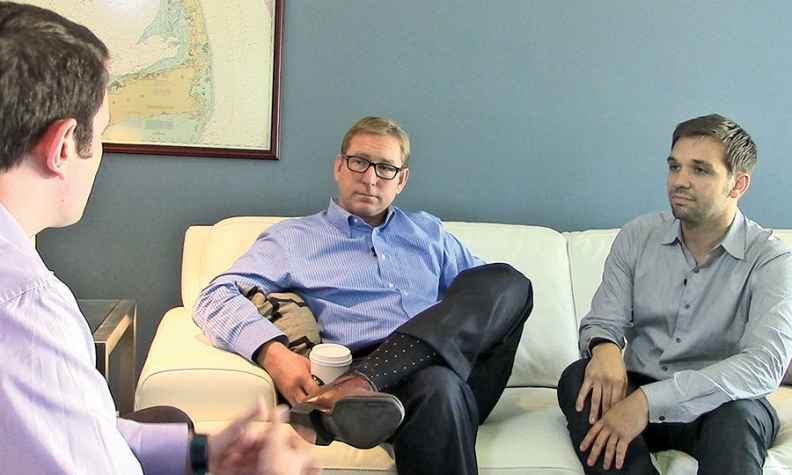
Fired in 2012 over a debated soccer sponsorship, Ewanick soon found himself in much humbler digs: a windowless 250-square-foot rental office near Los Angeles, a space he shared with two University of California-Irvine researchers he had just met.
During the next year, they concocted a business plan for a network of retail hydrogen filling stations across California. It filled 900 pages.
"It wasn't difficult to talk about vision," Ewanick said in an interview last month, a couple days after moving his offices to a borrowed house in Newport Beach, Calif. "We were just three guys, and until the day before yesterday, we were three guys in a cage."
The company that emerged from those cramped quarters, FirstElement Fuel Inc., now plans to build 19 hydrogen filling stations in California next year, nearly twice as many as there are in the U.S. today. Based on projections by California officials, FirstElement would control nearly 40 percent of the state's hydrogen stations at the end of 2015.
If Honda, Hyundai and Toyota are the companies defining what fuel cell vehicles are, it's FirstElement, as the leading retailer of hydrogen, that largely will define how and where they will be refueled. That means it could play just as critical a role in determining whether the first hydrogen-powered cars offered outside small test fleets will gain acceptance in California as an alternative to battery-powered electric vehicles.
"Fuel cells are clearly the endgame," Ewanick said in an interview. "You could make an argument that natural gas or electric vehicles are going to be the next step, but if you know the endgame, why not go straight to the endgame?"
There's little time to waste. This week in Los Angeles, Toyota is to unveil the fuel cell EV that it plans to launch in California next year, in its biggest bet on clean transportation since the launch of the Toyota Prius hybrid in 1997. Hyundai has had its fuel cell Tucson crossover on the market for a few months. Honda, which has leased a hydrogen-fueled car called the FCX Clarity in small numbers since 2008, plans to bring its next-generation car to market in California in 2015.
For the design of its pumps, FirstElement chose a streamlined blue slab with a glass awning. Customers will be able to roll up and pay by credit card from day one, using a familiar screen. But to make the experience easier, FirstElement is considering offering an app that would allow drivers to pay from their smartphone.
To fund these pumps, which will be built at existing gasoline stations, Ewanick's team has coaxed a $7.2 million loan from Toyota and $27.6 million in grants from the California Energy Commission. It has inked a $25.5 million deal to buy equipment and fuel from the industrial gas company Air Products, which will arrange to have its hydrogen delivered to FirstElement's stations by truck.
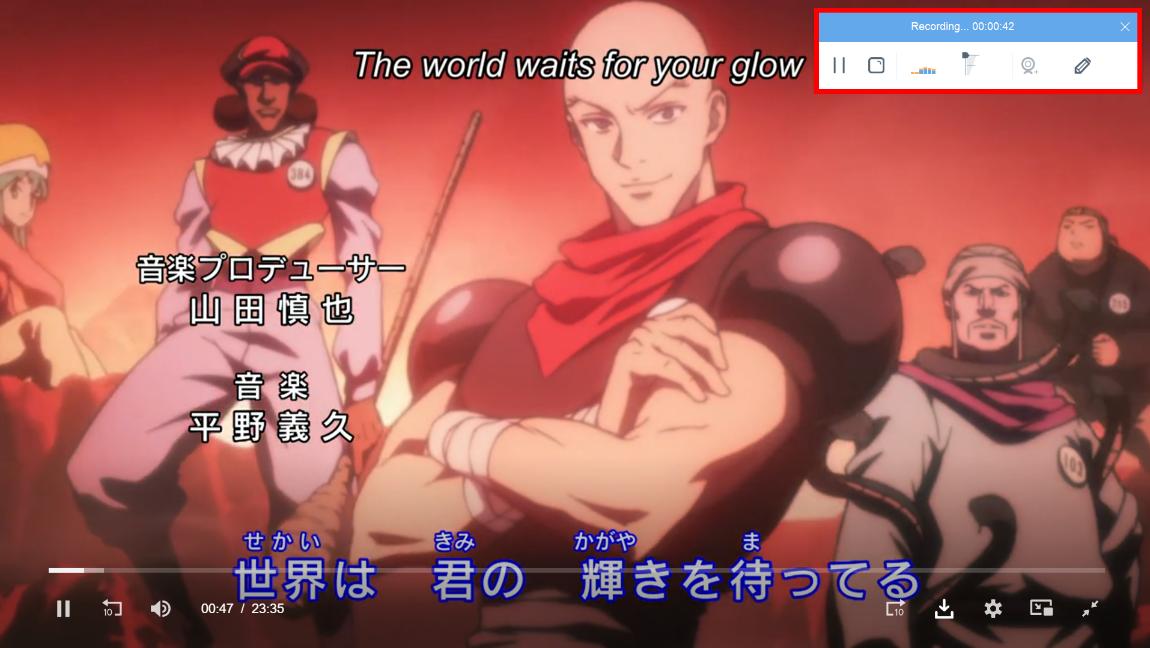

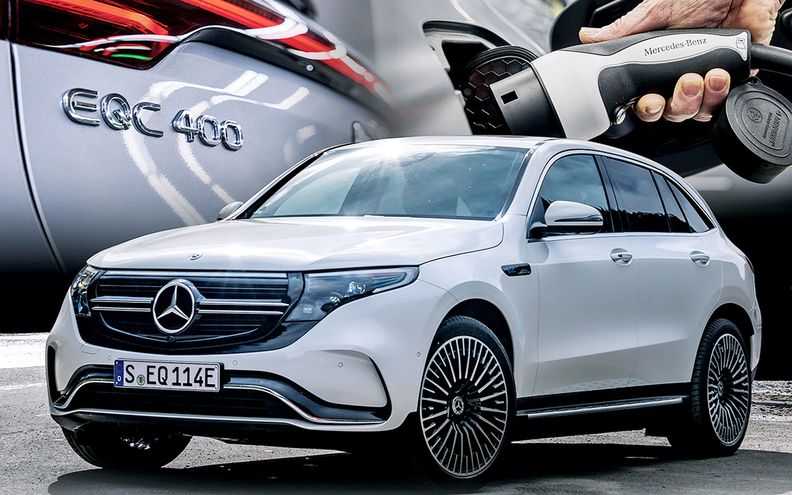
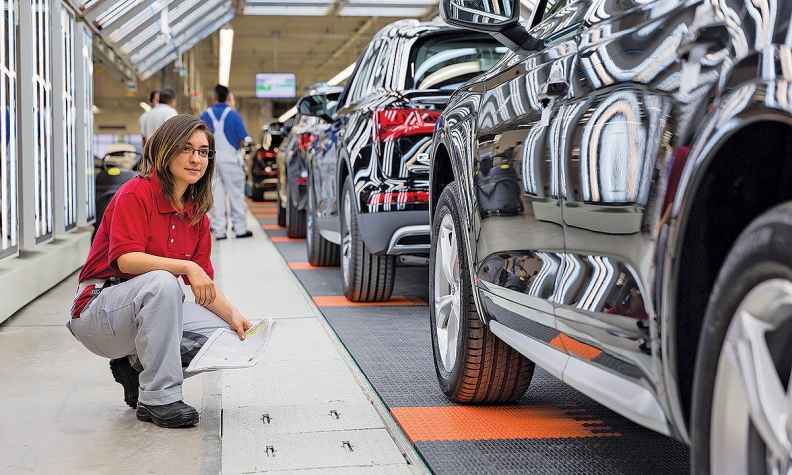
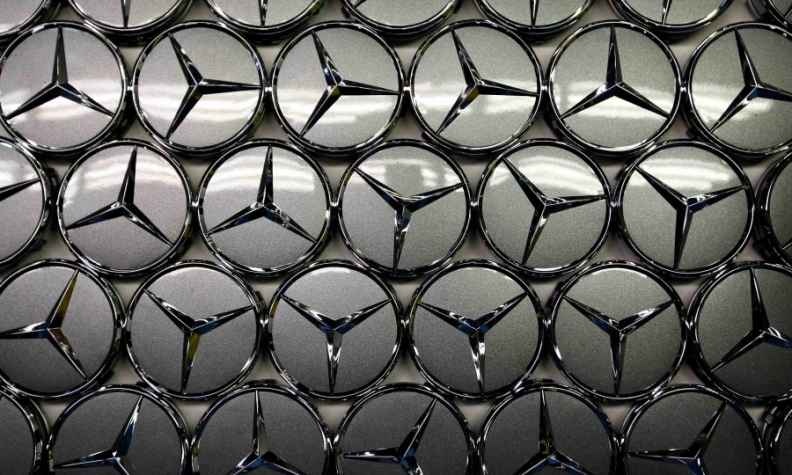
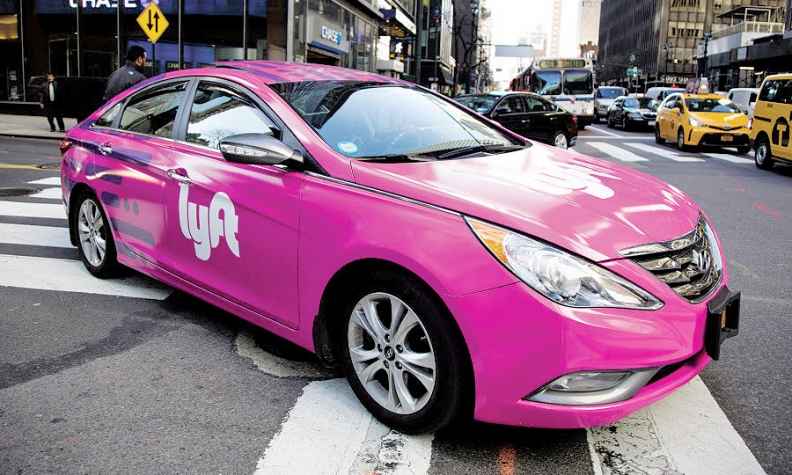
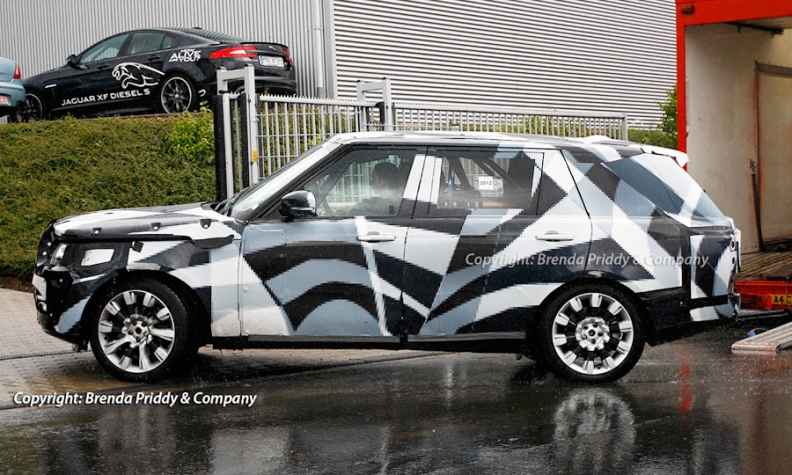
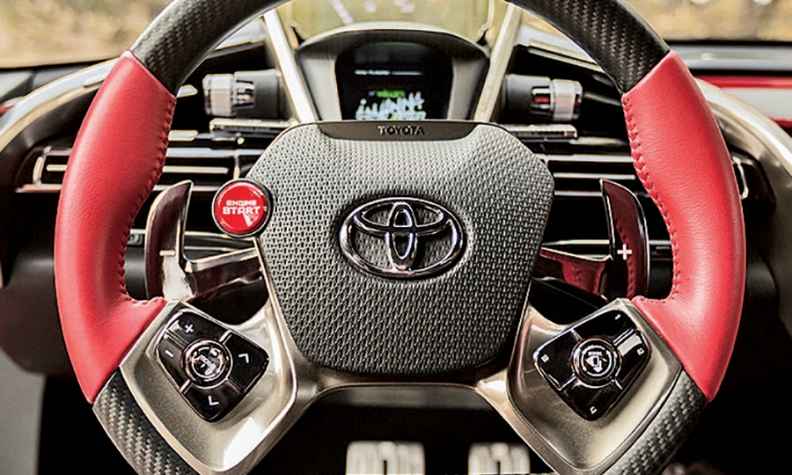
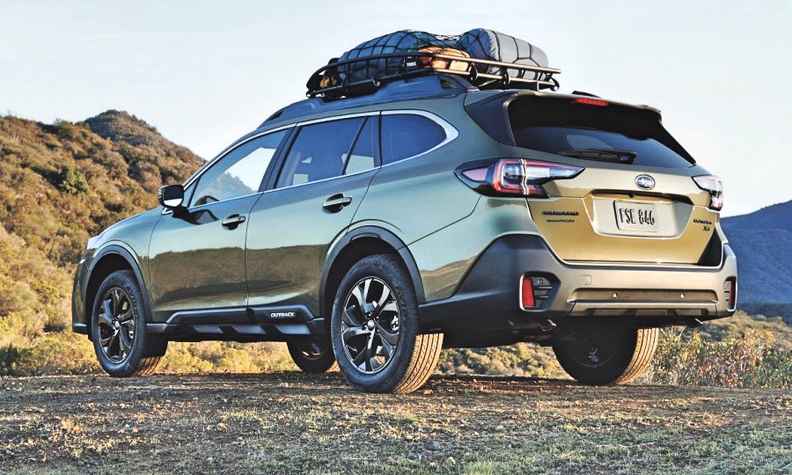
Post your comment